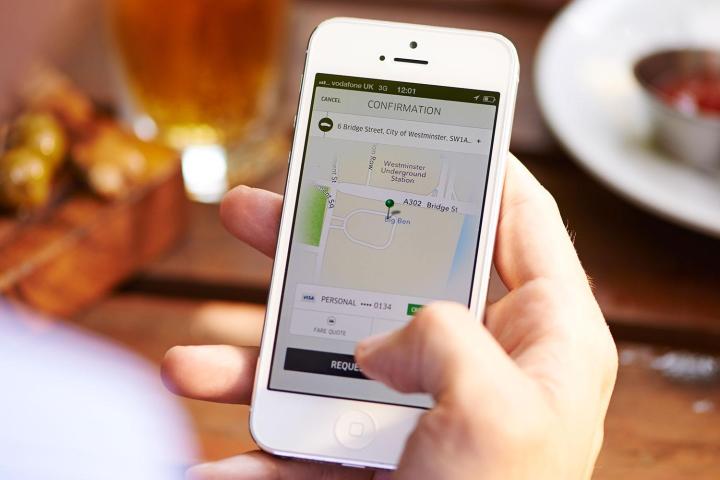
But, with the fight turning bitter, de Blasio is now backing away from the proposal. Instead, the city will study Uber and other ride-hailing apps over a four-month period and will not impose a growth cap, according to the New York Times.
de Blasio and other government officials have objected to the ride-hailing app’s takeover, claiming that the influx of cars is contributing to congestion. But Uber has fired back in recent weeks, claiming the proposed bill would take opportunity away from poor New Yorkers who rely on Uber as the bootstrap they lift themselves up by. A video ad created by the company said the bill would harm job growth; Uber CEO Travis Kalanick’s Twitter feed has lately consisted of anti-de Blasio messages; and the Uber app has offered New York users a “de Blasio” option, which removes all cars from the map. Crucially, Governor Andrew Cuomo sided with Uber this morning, telling radio program “The Capitol Pressroom” that the service “is taking off like fire through dry grass and it’s offering a great service for people and it’s giving people jobs.”
“I don’t think government should be in the business of trying to restrict job growth,” Cuomo added.
And, as the New York Times editorial board recently pointed out, capping growth for ride-hailing companies would lock smaller companies like Lyft out of the competition against Uber.
Is Uber causing traffic jams? Or is de Blasio lashing out at ride-hailing companies from his cushy position in the pocket of the taxi industry? Both Uber and de Blasio’s arguments are somewhat specious. Uber’s suggestions that the proposed bill would wipe its fleet out entirely are silly — the company is already well-established in the city, and would still have been allowed to add more drivers under the proposal. The growth cap would certainly have been a burden, but not a company-killing one.
The supposition that Uber’s growth is bringing jobs to New York isn’t really true either. Uber is bringing money, but the company has always stressed that its drivers are not employees. They’re independent contractors who receive none of the traditional benefits that come with a full-time job: no health insurance, no 401k contributions. Even a typical part-time job provides a regular schedule and tax withholdings, things that Uber drivers don’t receive. Uber offers its drivers an opportunity akin to day labor, and drivers can make good money doing it — but Uber is not offering employment.
On the other hand is de Blasio’s claim that Uber drivers are clogging the streets of New York and that the problem requires serious study. While New York traffic is notoriously bad, it’s difficult to attribute the problem solely to the proliferation of ride-hailing apps in the city. New York’s transportation commissioner Polly Trottenberg admitted to WNYC that the presence of more drivers on the streets is only part of the problem, and that construction and economic factors play a role in congestion as well.
The newly proposed four-month study seems able to more accurately assess the impact of ride-hailing apps on traffic. If Uber grows and traffic worsens, then it makes sense to hold the company accountable. If Uber’s growth had been capped during the study, the outcome could not have given a clear answer on how the growth of ride-hailing apps affects traffic.
The City Council could vote on the new proposal as soon as tomorrow.
Editors' Recommendations
- Uber vs. Lyft
- Lyft won’t shut down operations in California tonight after all
- Uber might shut down its app in California over how employees are classified
- Uber and Lyft face a cheaper ridesharing rival in New York City
- Uber is now arguing that it doesn’t actually have any drivers


